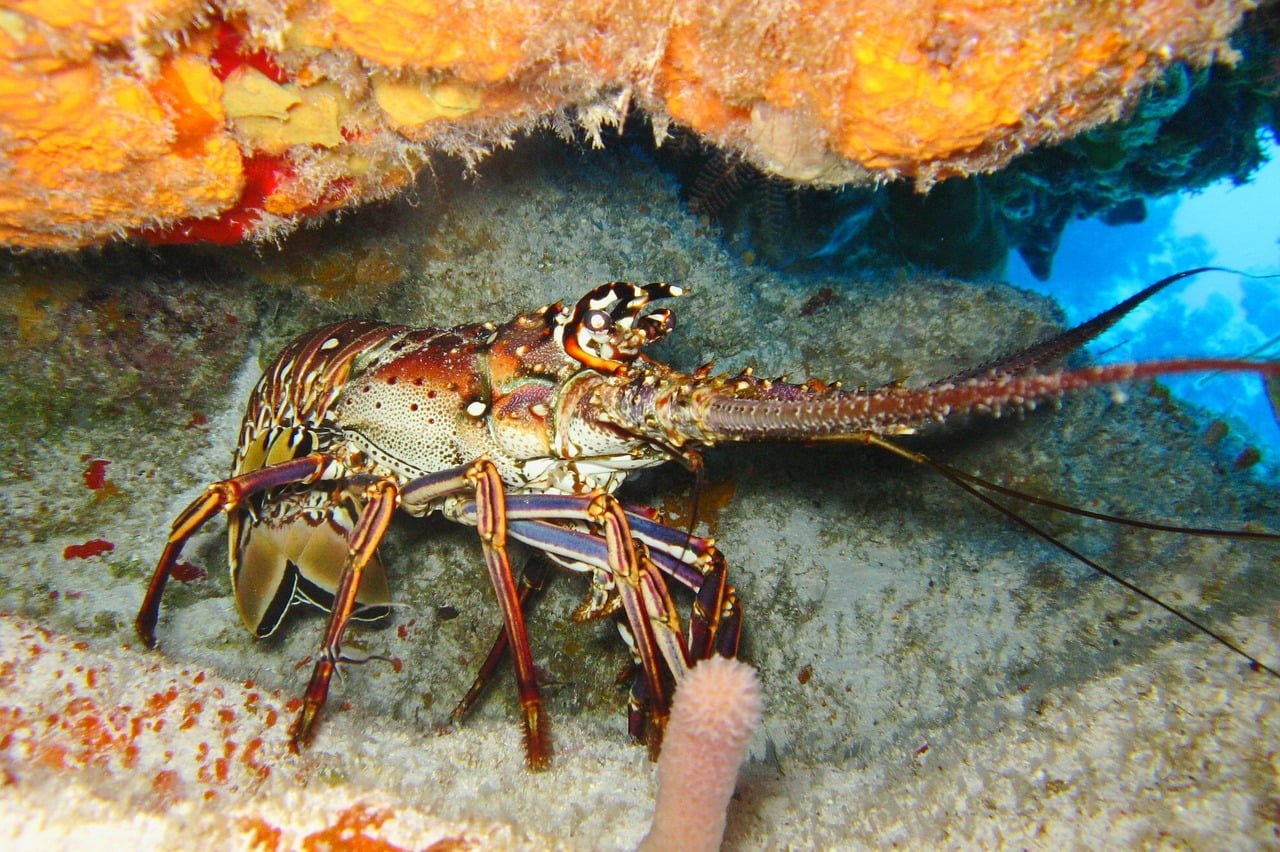Once when MIT scientist Ming Guo was eating a lobster, he flipped it on its back and examined the its translucent membrane. That inspired him to develop flexible body armor that’s somewhat like the armor worn by Marvel’s Avengers or other fictional superheroes.
He shared his idea with engineers at MIT, and they discovered that the lobster’s soft membrane is quite strong and layered with a plywood-like structure which makes it resistant to scrapes and cuts. The team also found the membrane to be flexible and stretchy. They learned that these properties come from the membrane’s natural hydrogel, which is 90% water. Chitin, a fibrous material found in the shells and exoskeletons of arthropods, makes up the rest of the membrane.
As they studied the lobster’s membrane, they found it to be one of the strongest natural hydrogels — even stronger than collagen, animal skins and natural rubber. The scientists also discovered that they could use this stretchy membrane as an ultra-strong, flexible body armor. It could be used to protect the body’s major joints like elbows and knees.
“We think this work could motivate flexible armor design,” MIT Assistant Professor Ming Guo said in a news release. “If you could make armor out of these types of materials, you could freely move your joints, and it would make you feel more comfortable.”
The study describing the flexible body armor was published in the journal Acta Materialia.
“When lobsters swim, they stretch and move their joints and flip their tails really fast to escape from predators,” Guo said. “They can’t be entirely covered in a hard shell — they need these softer connections. But nobody has looked at the membrane before, which is very surprising to us.”
Guo and his team wanted to learn more about the properties of the lobster’s membrane after the lobster dinner he had with a colleague. They cut the membrane into ultra-thin pieces and then ran each one through various experiments. They dried the pieces first and then weighed them. Based on their analysis, the researchers found that 90% of the membrane is water.
The other samples were kept in a saline solution which simulated an ocean environment. Some of the samples were used for mechanical tests, which included stretching and then measuring the amount of elastic force applied.
The scientists believe designing a flexible body armor similar to lobster membranes could prove useful in the development of robotics and tissue engineering.
“We think this membrane structure could be a very important reason for why lobsters have been living for more than 100 million years on Earth,” Guo says. “Somehow, this fracture tolerance has really helped them in their evolution.”





